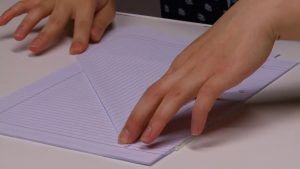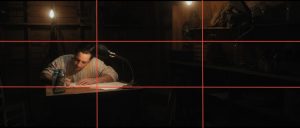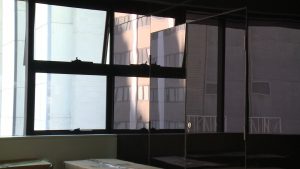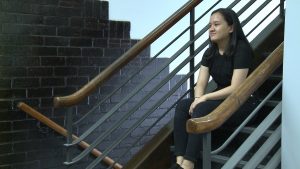Over the course of my film making journey i have always filmed in progressive scan but since starting my studies in the Bachelor we have been filming in interlaced scan, so i asked myself what is the difference?
Progressive Scan is recording one still picture in its entirety one after another in rapid succession. Depending on the frame rate which can be 24 frames per second (Pictures) when making a film and 25 frames per second (Pictures) for television (Australia).
Interlaced Scan is taking each single image and dividing it into an even amount of lines horizontally, once we have done that we erase all the odd lines away from the first image leaving you with half the information. With the corresponding image we take away all of the even lines to again only have half the information. Then the two images are put together to create a frame (Refer to image bellow) Usually interlaced video is at 50i or 60i frames per second.
So why use interlaced if we are only retaining half of the image? Well interlaced was introduced through television broadcasting production because when sending information to your television progressive file sizes were to large interlaced gave half of the file size while retaining great image quality.
As the half images of interlaced are processed quicker than a progressive capture, there is less time for the subject to move within the capture time and so the movement can be crisper and cleaner.
I found after editing in premiere pro and exporting the video, when i played it back i found i had a few issues with the image quality. When there was heavy movement withing the frame the image showed artifacts. What i found out after some more investigation was that modern day computers/laptops playback video as a progressive scan so what my computer was trying to do was change my interlaced image back to a progressive one. But the interlaced images only have half of an image so that resulted in the video showing artifacts and lines.
I was able to fix this issue in premiere pro by de-interlacing the image before i exported it and then upon playback the image had none of the previous artifacts.
Upon review of which type of video scan i prefer it would have to be progressive but i will still hold out my final judgement until i have conducted some final tests.
I hope this blog post wasn’t a boring one (Sorry) but i do find this kind of information fascinating and i am always searching to learn more about the different methods of film making. Also if you are having the same issues with your video i hope that this helps you.
All the images i sourced from : https://photography.tutsplus.com/tutorials/choosing-progressive-versus-interlaced-video-recording–cms-22302 if you want to read about it further.
This is the end of another post so as always until next time this is Lance signing off.

















